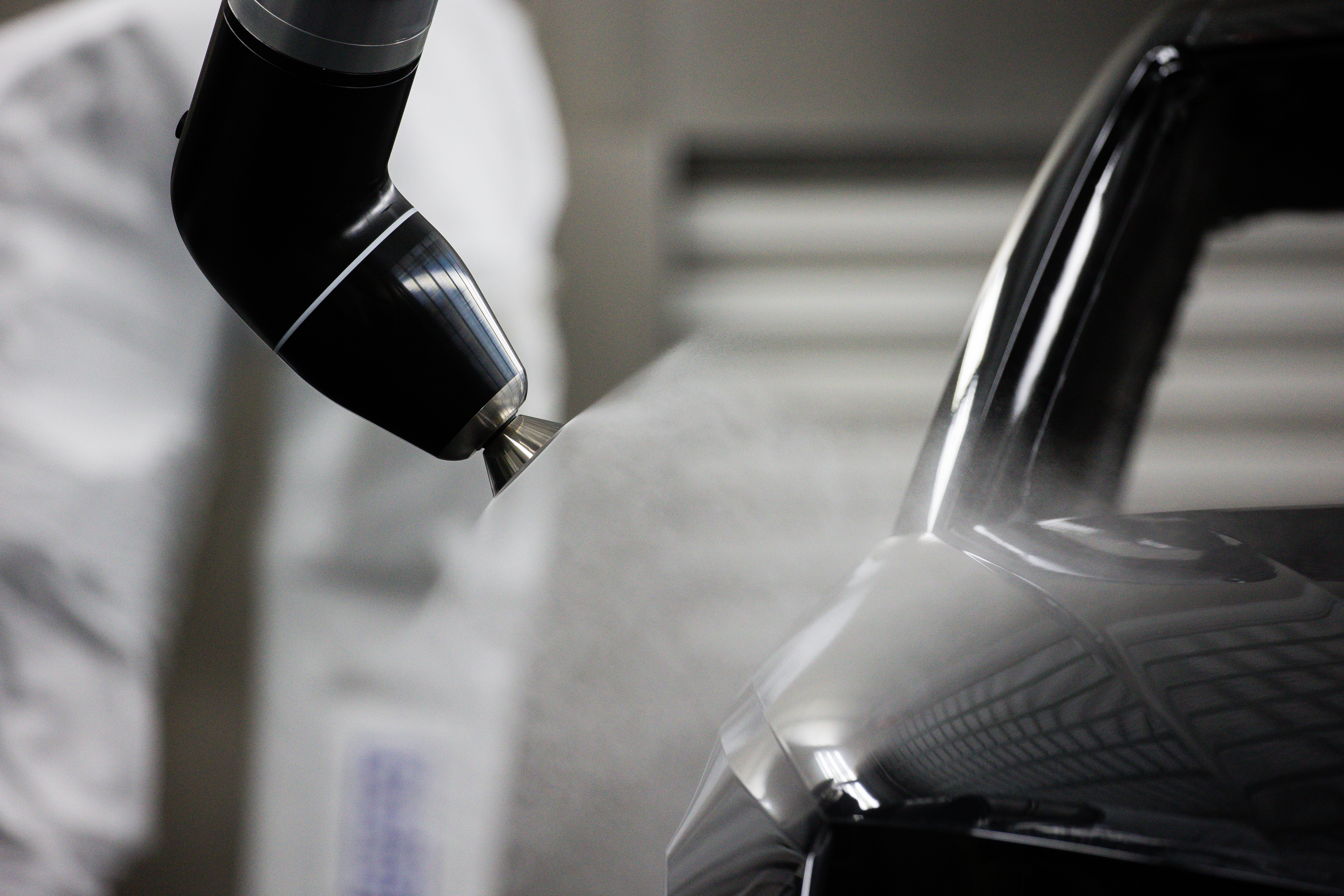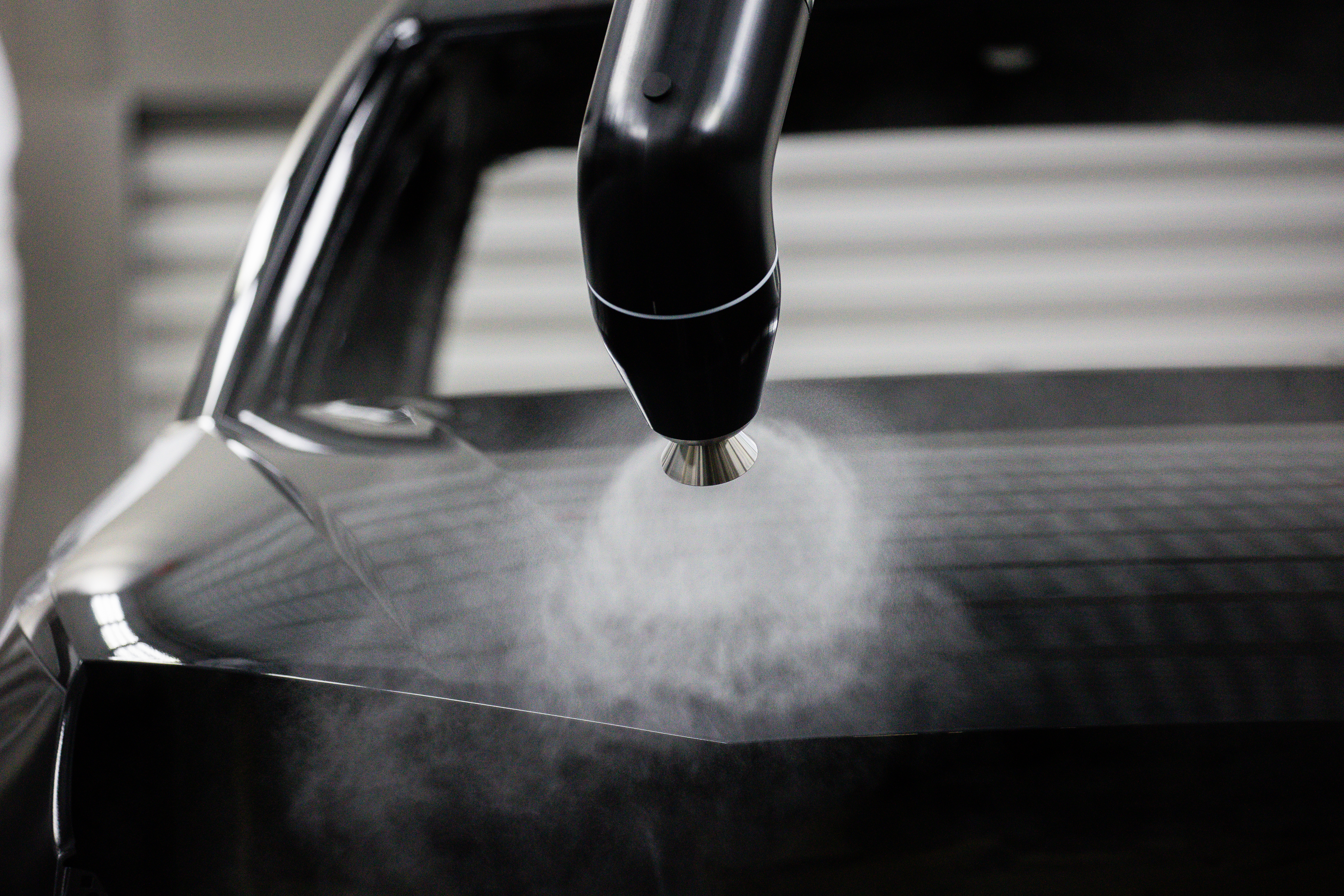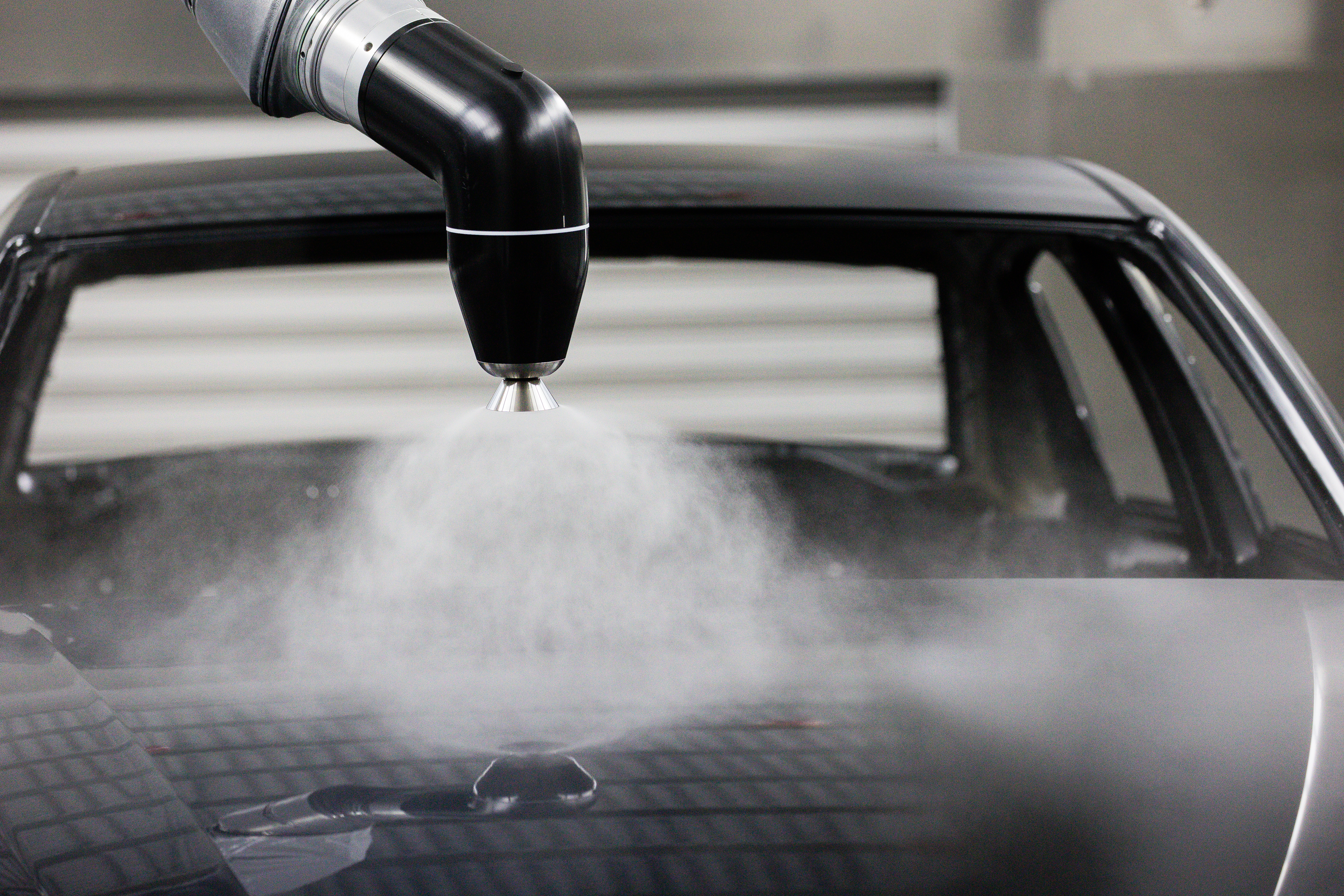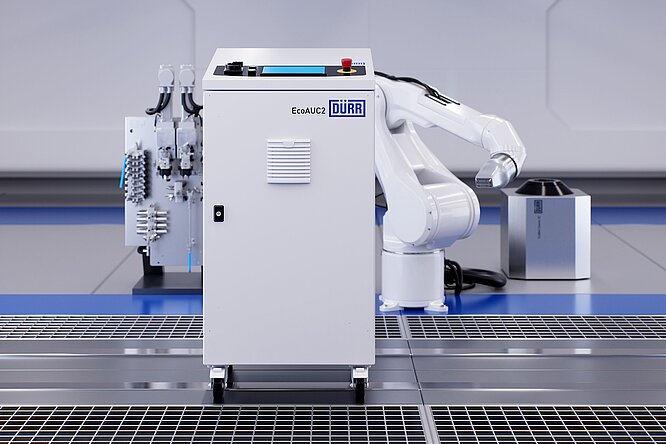The ultimate in sustainability
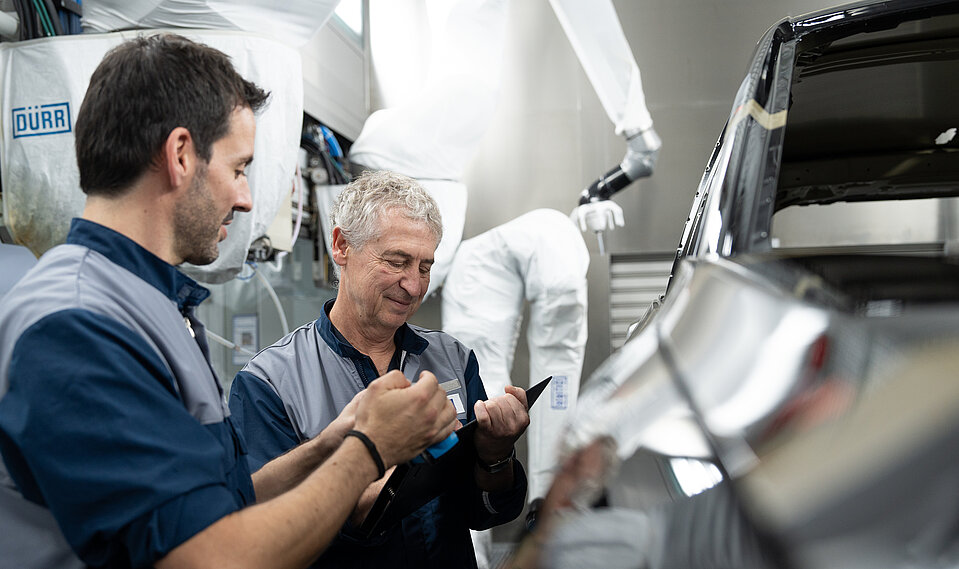
1. Mr. Fischer, can you start off by telling us what makes the new High Transfer Efficiency system different from conventional paint application systems?
Fischer: Of course. This innovative new painting technology system significantly increases transfer efficiency while reducing energy and resource consumption. Most atomizers various manufacturers, including Dürr’s, achieve efficiency levels between 83% to 89%. With the HTE solution, we’ve raised that up to 98%.
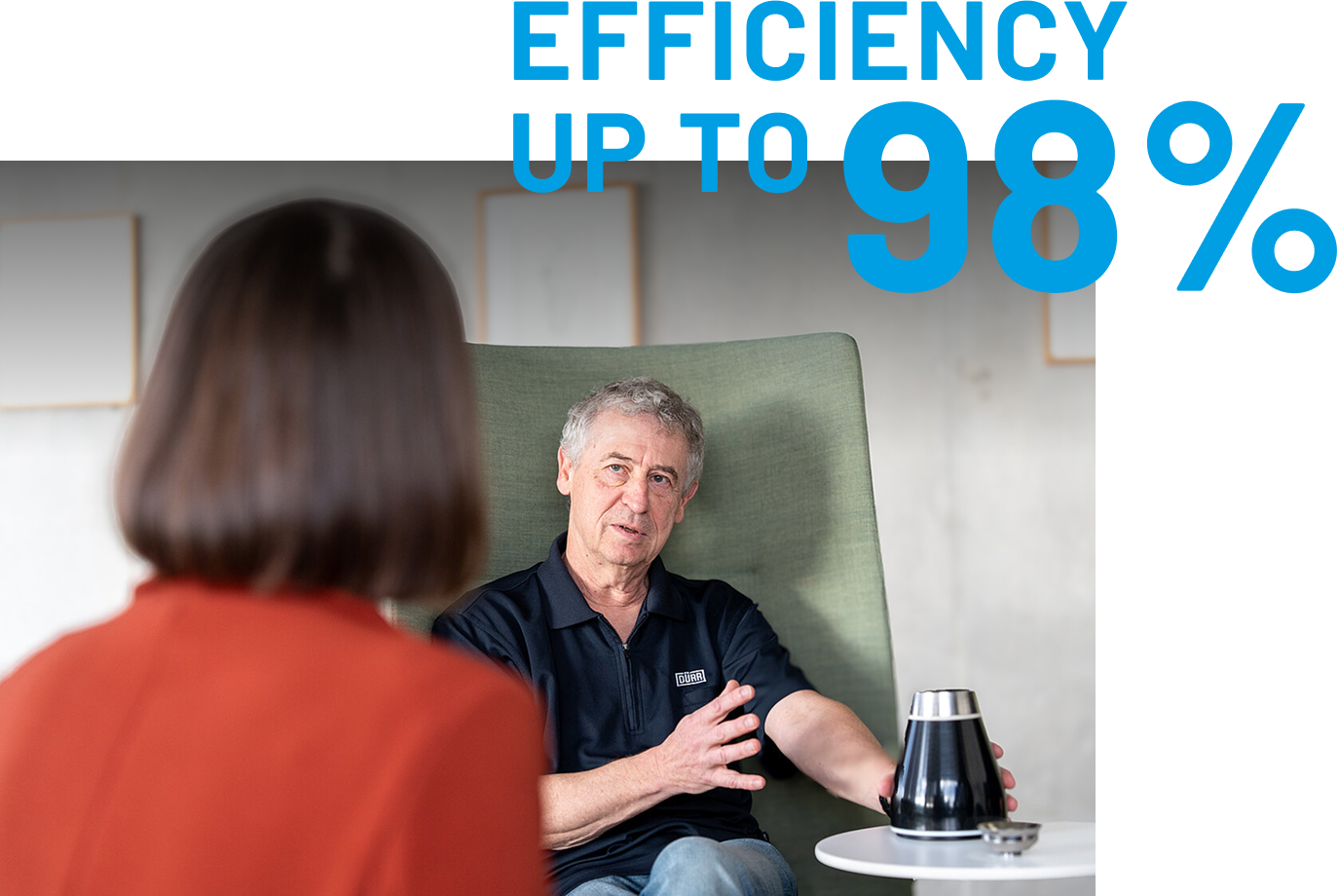
2. You mention current technological progress. Why couldn’t a product like this have been developed earlier?
Fischer: That’s a valid question. However, technological progress is based on a complex interaction between knowledge and technology. This kind of innovation only occurs when everything comes together. Additionally, the increasing demand for resource-efficient production has driven the need for advancements like this.
3. Before we delve deeper into the topic, Mr. Hauf, could you briefly explain why paint shops in automotive production are crucial to achieving carbon neutrality?
Hauf: Today’s paint shops account for about 60% of the total energy consumed in car production. By optimizing processes in this area, we can significantly reduce CO2 emissions and the ecological footprint, making paint application more sustainable.
4. How long did the development of the HTE atomizer take?
Hauf: The HTE atomizer was already part of the EcoBell4 development process as a way to improve transfer efficiency. It was successfully implemented for exterior painting with the EcoBell4 Hu and Ux models. After that, we adjusted the painting parameters and tested it, which didn’t take long.
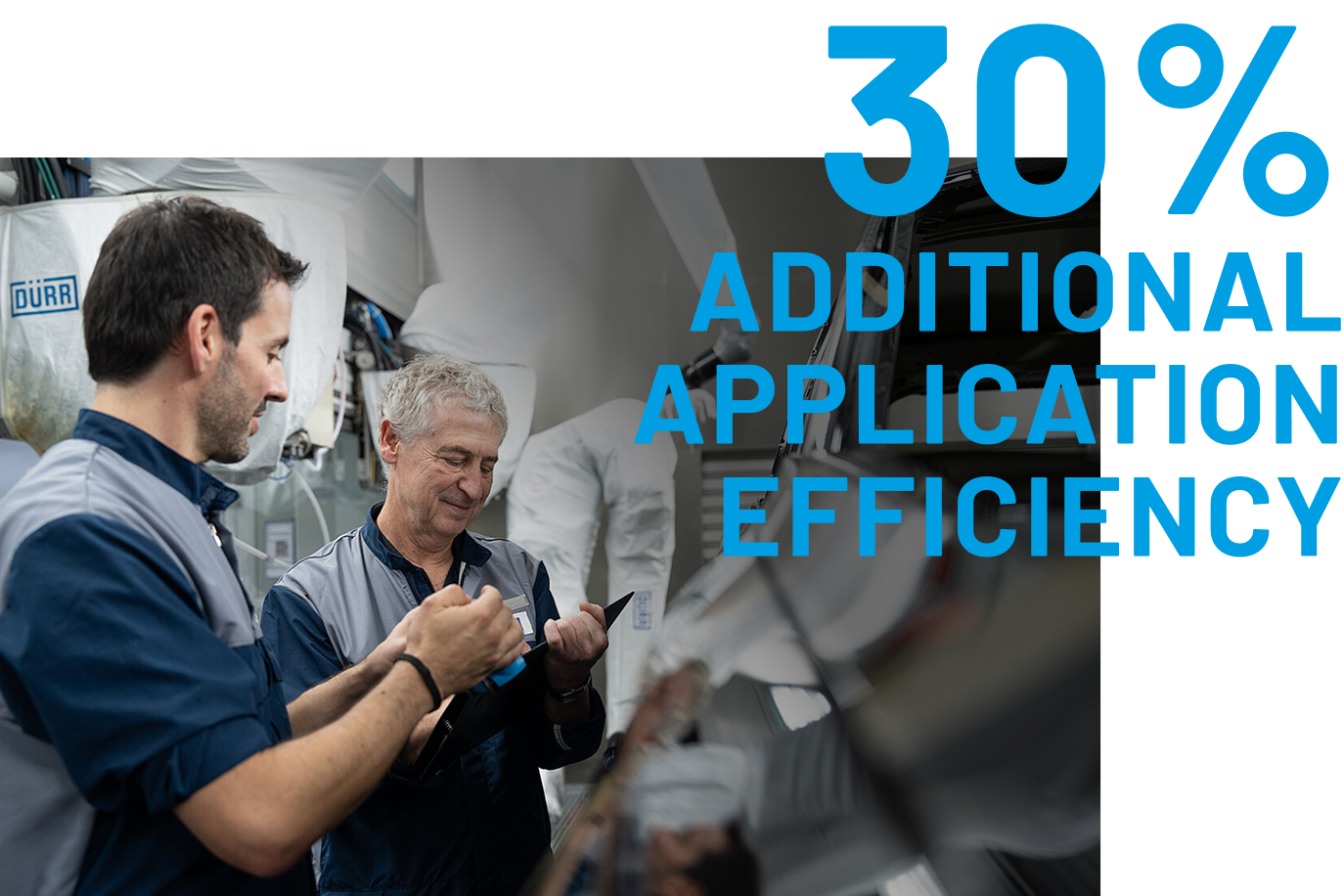
5. How did you approach the development process?
Fischer: The EcoBell4 universal atomizer is based on an optimized bell disk / shaping air system, which reduces shaping air volume by around 30%. This results in less overspray and improved application efficiency. By adjusting painting parameters like speed and painting distance, we achieved an additional 30% application efficiency. Painting closer to the body required adjusting the high voltage to prevent arcing. For smaller areas like the A-pillar and around the edges, we needed flexible control of spray jet width, all while working with different paint quantities. We carried out extensive testing to develop suitable brush parameters for even coverage with minimal overspray. I am still thrilled that we managed to achieve that.
6. Can you explain in a bit more detail how adjusting the speed and painting distance influences application and energy efficiency?
Hauf: Of course. Speed and shaping air influence atomization. Higher speed and shaping air result in smaller droplet sizes and in increase the kinetic energy of the particles. In electrostatically assisted high-rotation painting, these droplets are additionally charged, which enhances their separation and deposition on the target surface. Larger droplets, being heavier, are less affected by the shaping air, while smaller droplets are more strongly influenced by air streams. This makes smaller droplets more prone to overspray. To improve application efficiency, we reduce both speed and shaping air. This shorter distance reduces the effects of gravity and enhances the effectiveness of electrostatic charging, improving the overall deposition process.
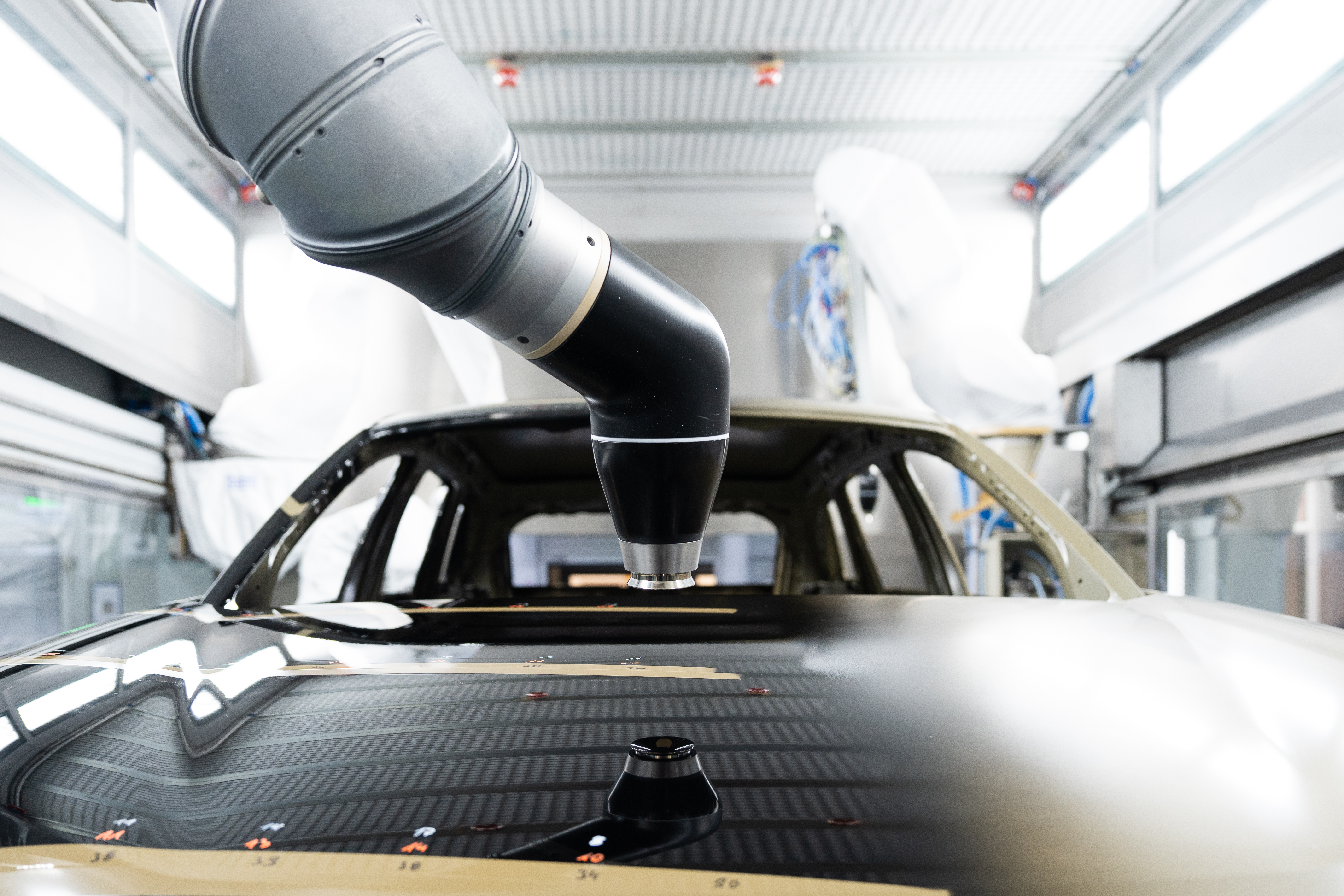
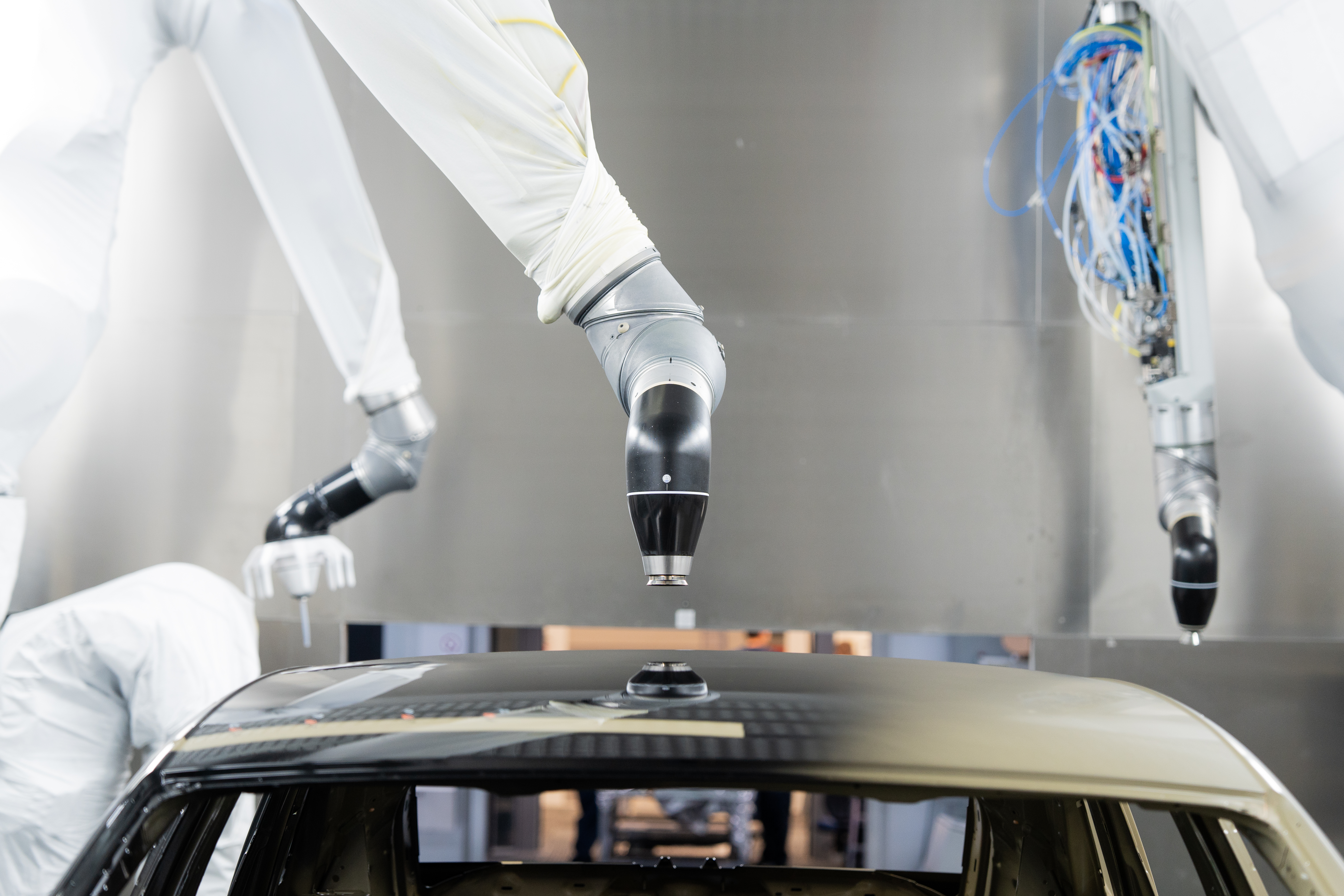
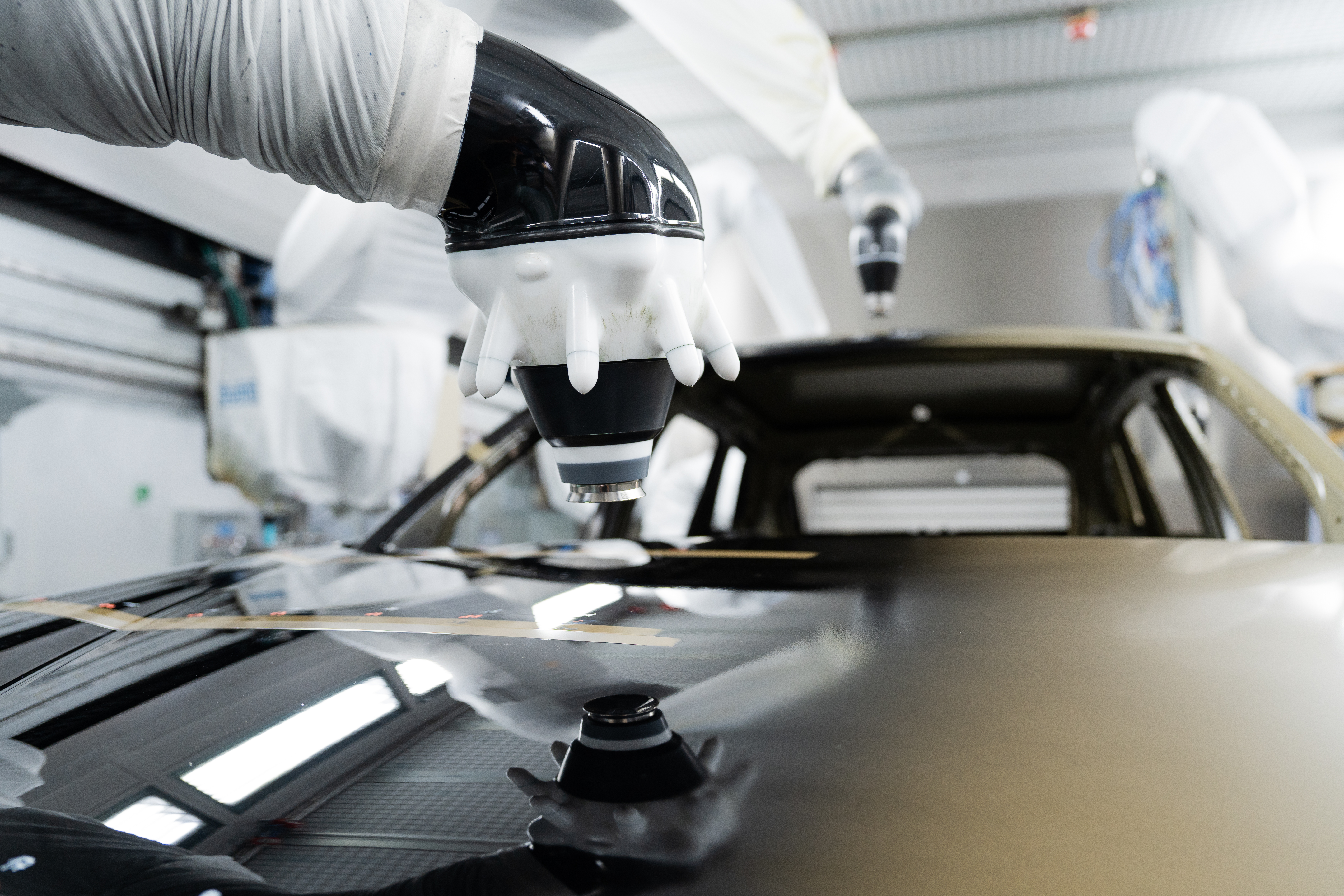
7. Did you face any challenges or setbacks?
Fischer: Yes, we definitely encountered some challenges. For example, the paint’s appearance changed, becoming much wetter due the larger droplets allowing less solvent to evaporate. As a result, the surface of the paint film differed from that of previous painting processes. Wetter paint presents a greater risk of runs and boils. Therefore, it is crucial to stay within the maximum coat thickness limit (run/boil limit) to minimize these effects. However, our experience has shown us that these issues are nearly impossible to measure directly and are only noticeable to experts. This makes precise path and brush parameterization essential for achieving optimum results.
8. What do you think was the decisive success factor that enabled the development of the HTE system?
Hauf: I believe the most decisive factor was the shared conviction among everyone involved that this process was possible was achievable and could be successfully implemented. We were also strongly motivated by the goal of creating a more resource-efficient process and reducing the environmental impact. When compared to previous painting processes, the HTE system clearly demonstrates significant improvement.
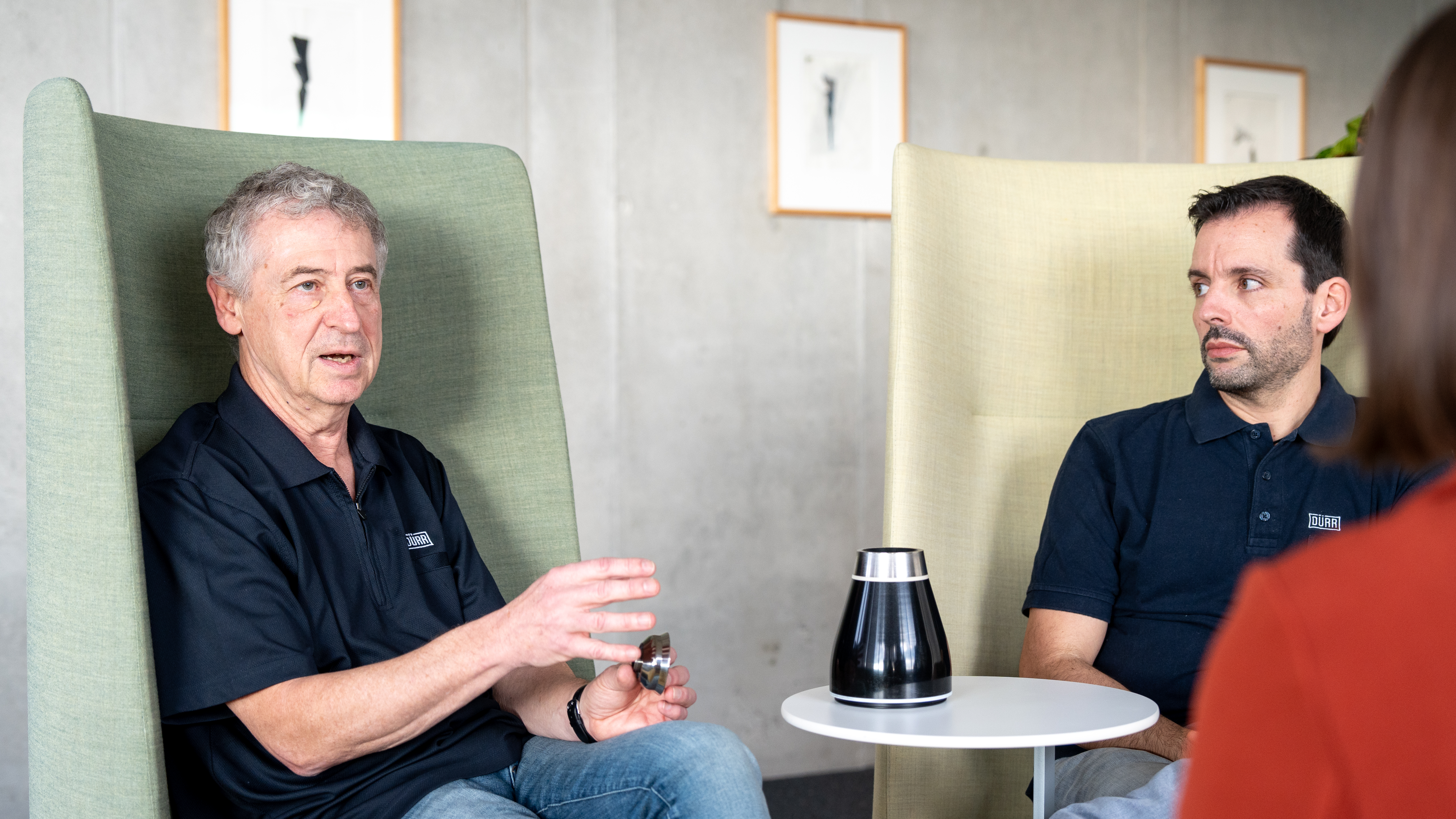
9. What specific things did you change in the HTE technology to make it more sustainable?
Fischer: We improved the sustainability of the HTE technology by adjusting the parameters I mentioned before. These changes have allowed for a more compact, cost-efficient spray booth while simultaneously reducing paint consumption, energy costs, and cleaning requirements. We also believe there is a potential for further cost savings through possible modifications to the spray booth, separation technology, and by further lowering cleaning costs.
10. What’s next?
Hauf: Further potential can be tapped by adjusting the paint: from clear coat to primer and, of course, most significantly, to base coats. However, these advancements are still much further down the line. Collaborating with the paint industry, we have a long journey ahead and much more research to conduct.
